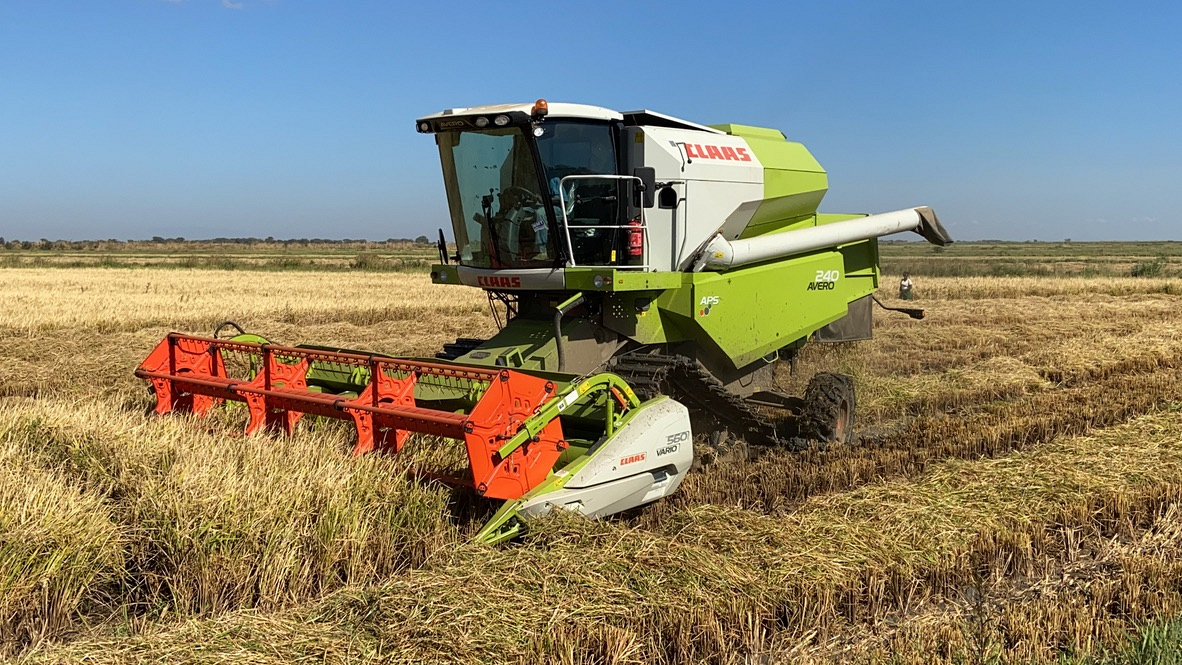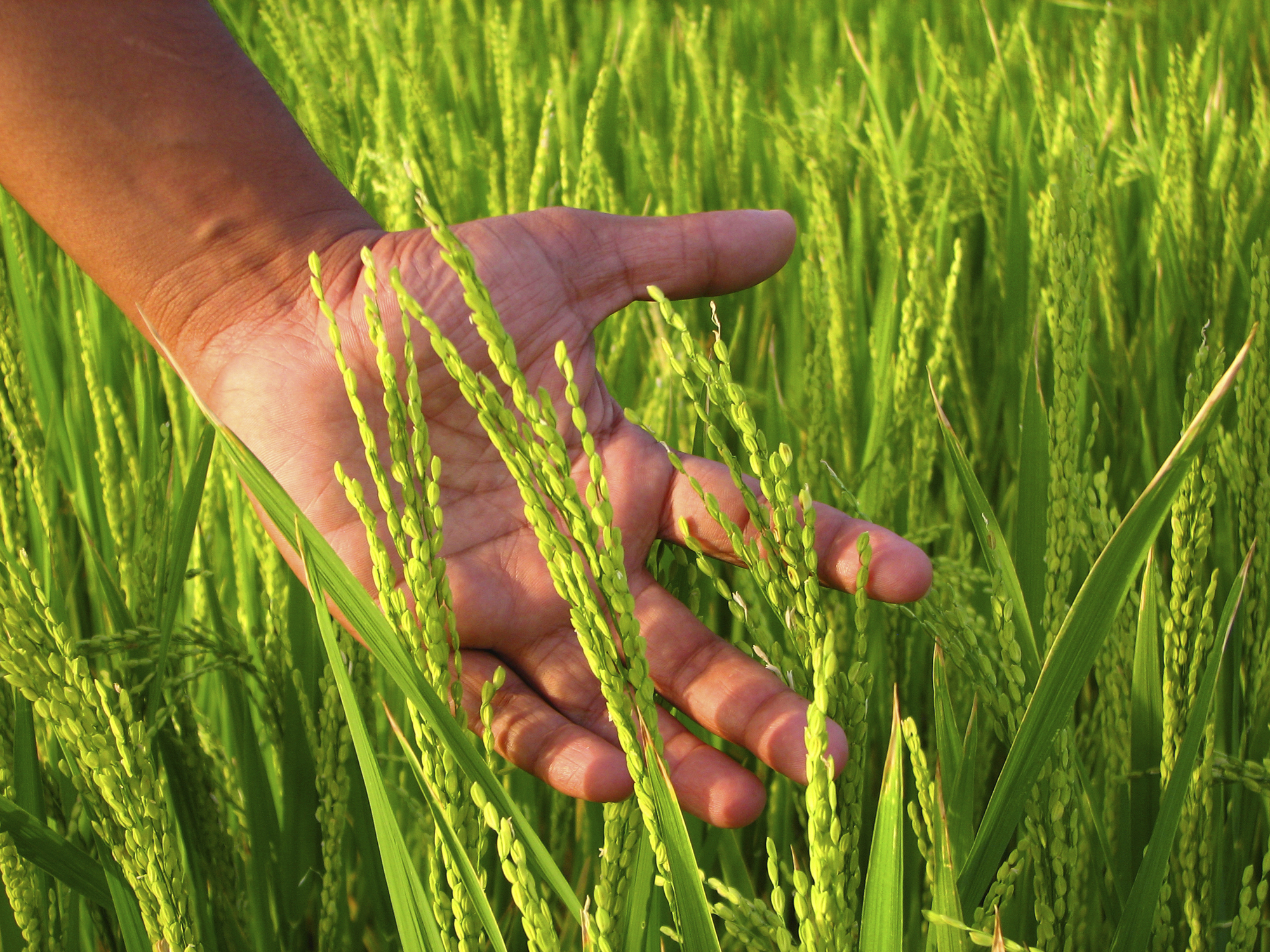- info@sagcot.co.tz
- +255(0) 22 260 1024
Rice (Oryza sativa) is the second most important food crop in Tanzania after maize. Official data indicates that an estimated 2.2 million MT of rice is produced annually, making Tanzania the biggest rice producing country in the region with an average yield of 2.2 tonnes per hectare (NRDS-II, 2019). More than 70 percent of rice production in the country originates from six leading regions of Shinyanga, Tabora, Mwanza, Mbeya, Rukwa and Morogoro. Other regions include Songwe, Katavi, Arusha, Kilimanjaro, Kigoma, Manyara, Iringa, Mara and Tanga. It is estimated that 20 per cent of all farmers in Tanzania are involved in rice production (FAO, 2015). Smallholder farmers under rain-fed conditions grow most Paddy (rice) in the low lands. Some small farmers grow and irrigate their farms under schemes using traditional or semi improved schemes. Larger farms have larger areas under irrigated cultivation but large-scale commercial rice farming is not common and limited tofew private firms in Mbeya, Morogoro and the Coast regions where they use schemes which have been privatized (FAO, 2015). The most common varieties of rice produced in the country include Kilombero, Supa, Zambia, Kyela Ndefu and Saro 5. Saro 5 (TXD 306) is the only improved seed commonly produced in Tanzania.


